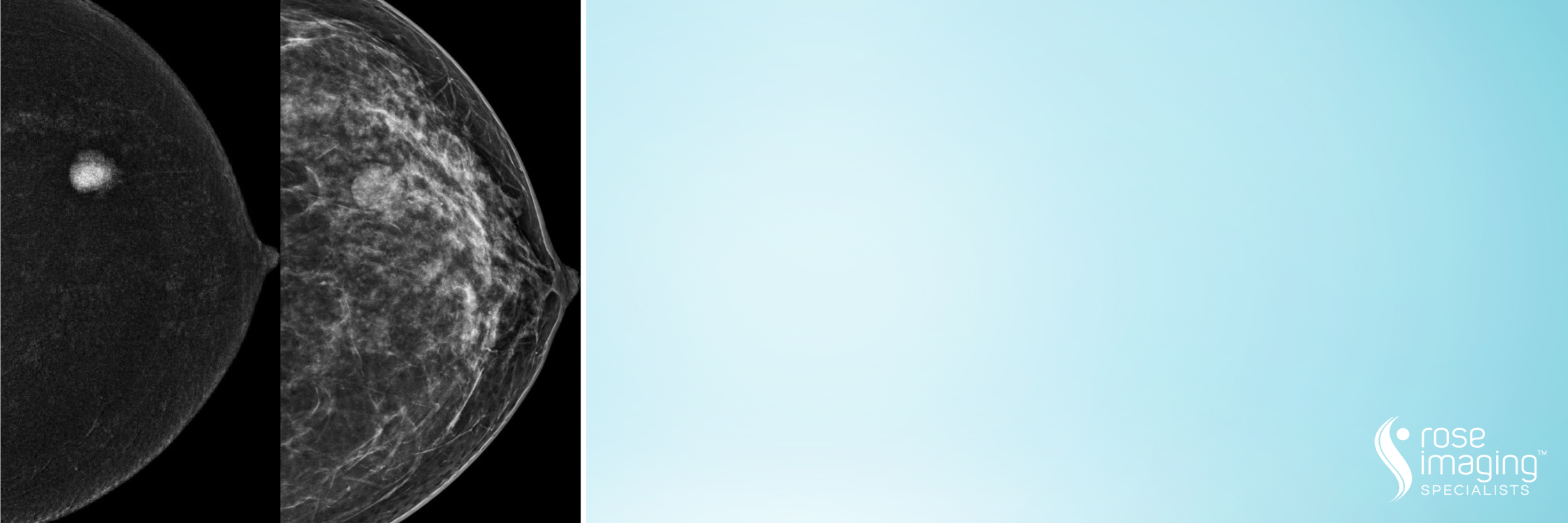As a screening tool for high-risk women
If you are considered to be at high risk for breast cancer (greater than 20% lifetime risk), you may be eligible for additional screening tests. In the past, many doctors have recommended annual breast MRI screening for their high-risk patients. While breast MRI offers very high accuracy, the cost—as high as $2,000 or more—may be prohibitively expensive especially if it is not covered by your insurance provider.
Rose Imaging Specialists offers contrast-enhanced mammography (CEM), a highly accurate and more patient-friendly screening option for high risk women. It offers comparable sensitivity to breast MRI in detecting cancer, but with fewer false positives than breast MRI. The exam time is shorter (15 minutes versus about an hour with MRI), costs much less than MRI and there is less difficulty obtaining insurance pre-authorization.
For women who get anxious or claustrophobic in an MRI scanner, CEM offers a less confining alternative. It is also an option for women who are obese or have implanted metal devices that would prohibit them from undergoing a breast MRI.

